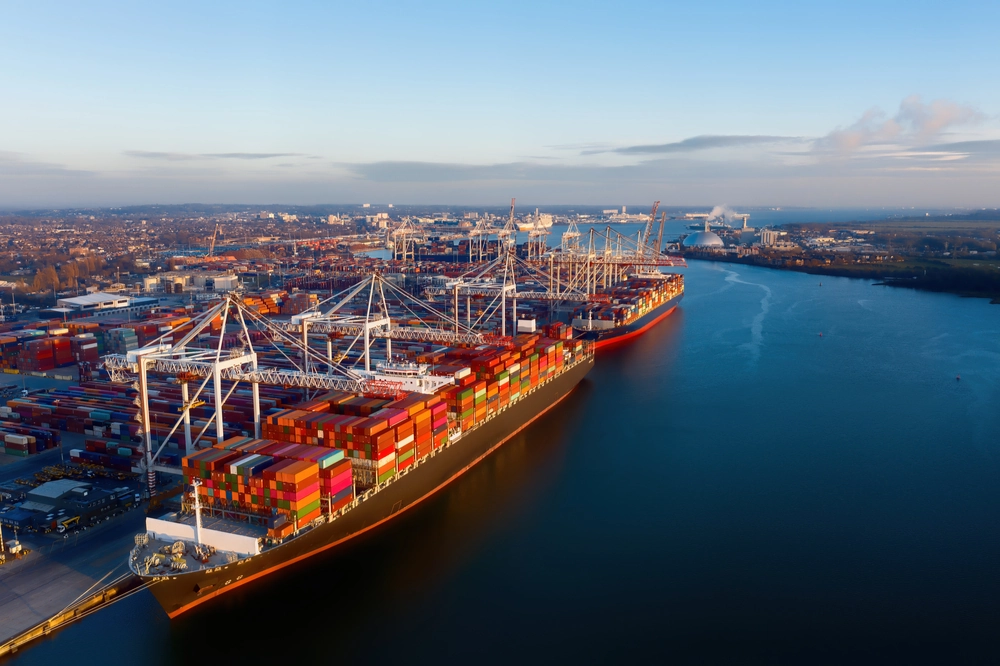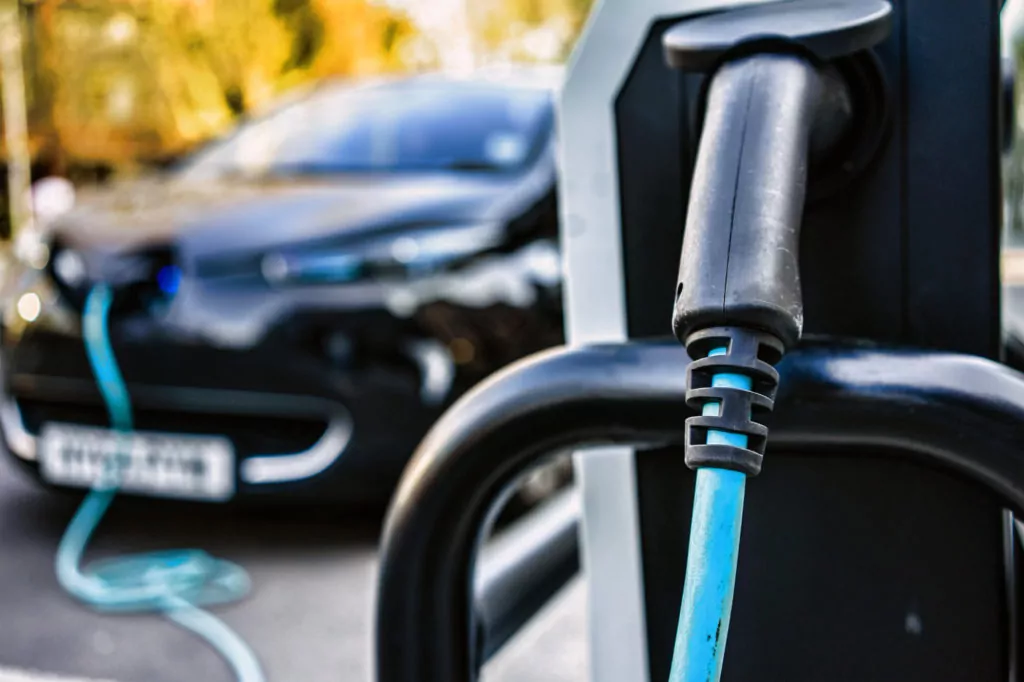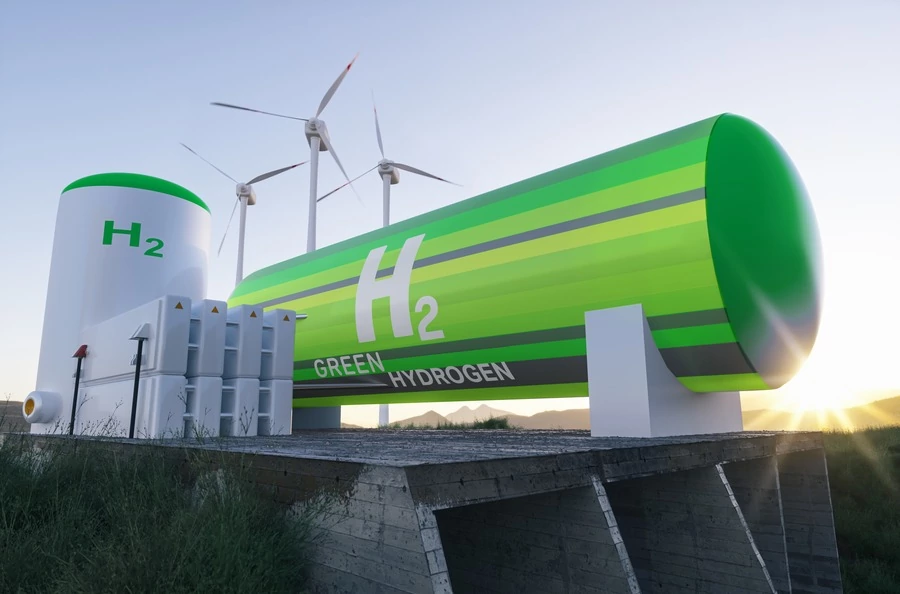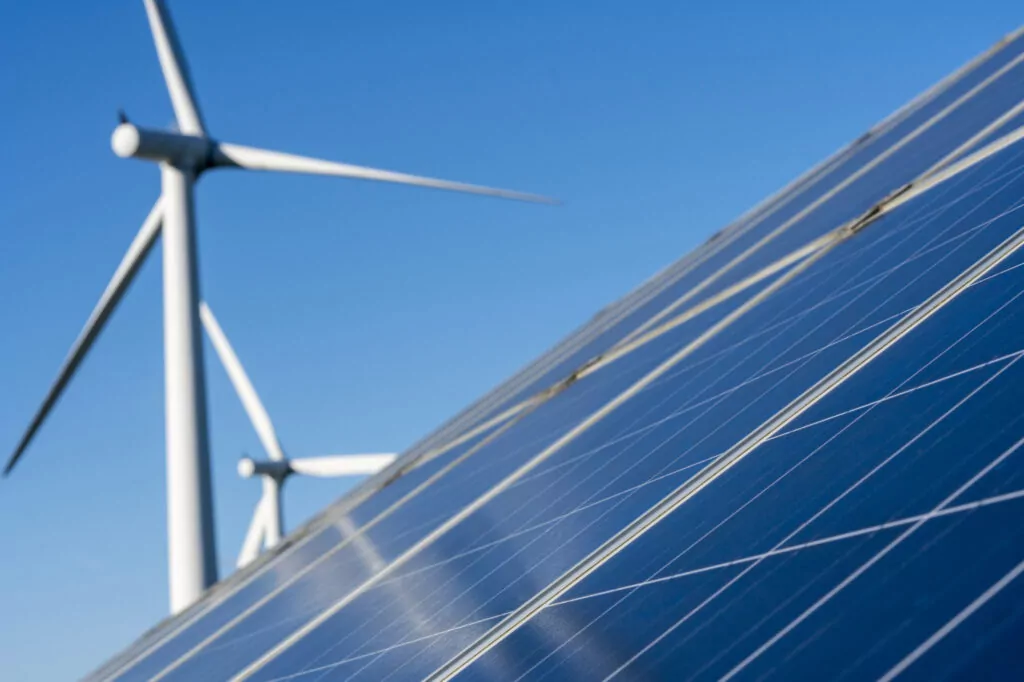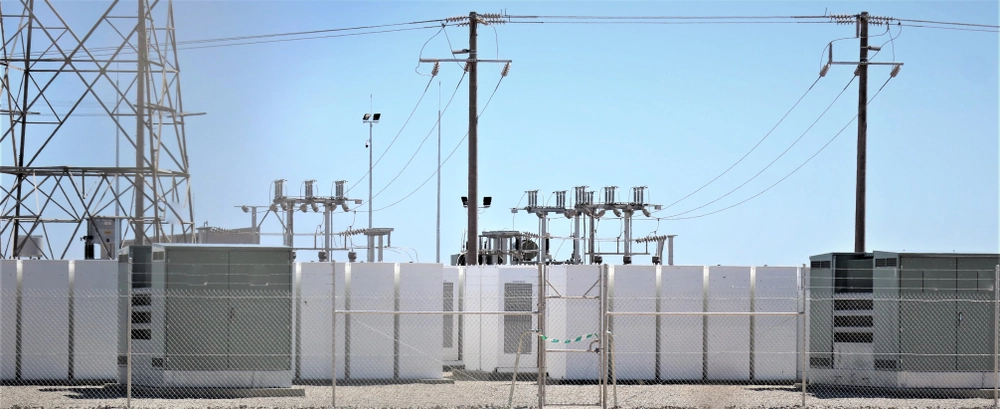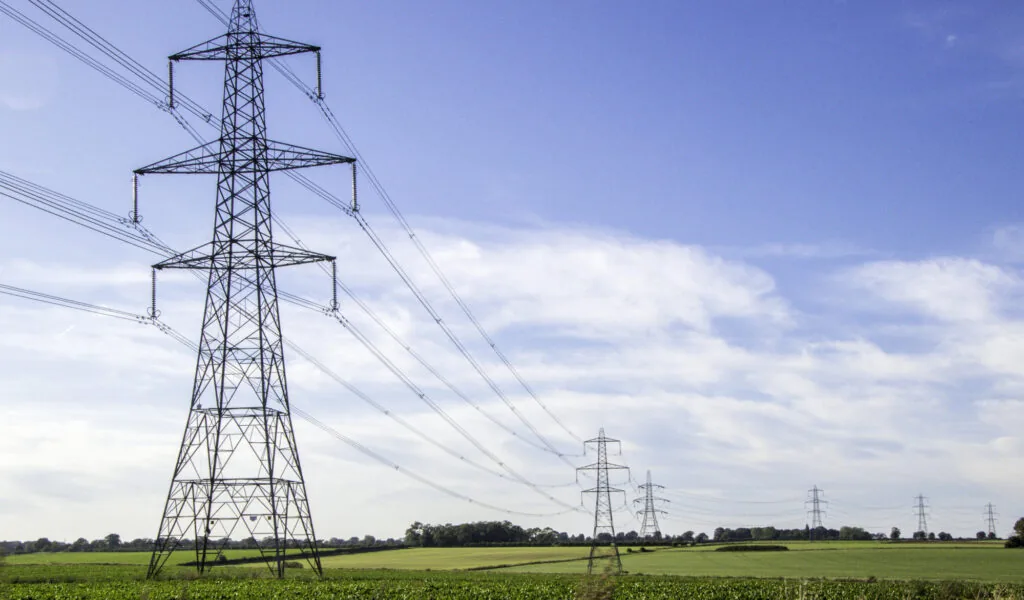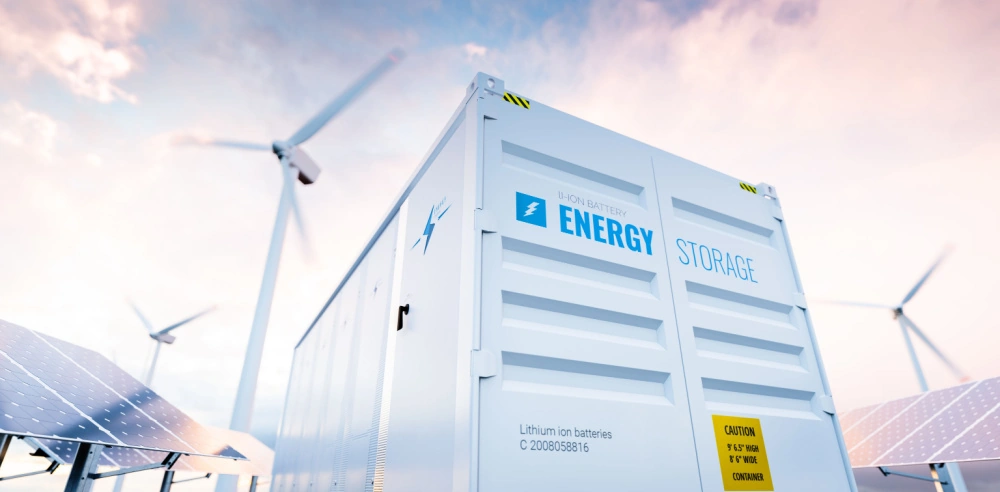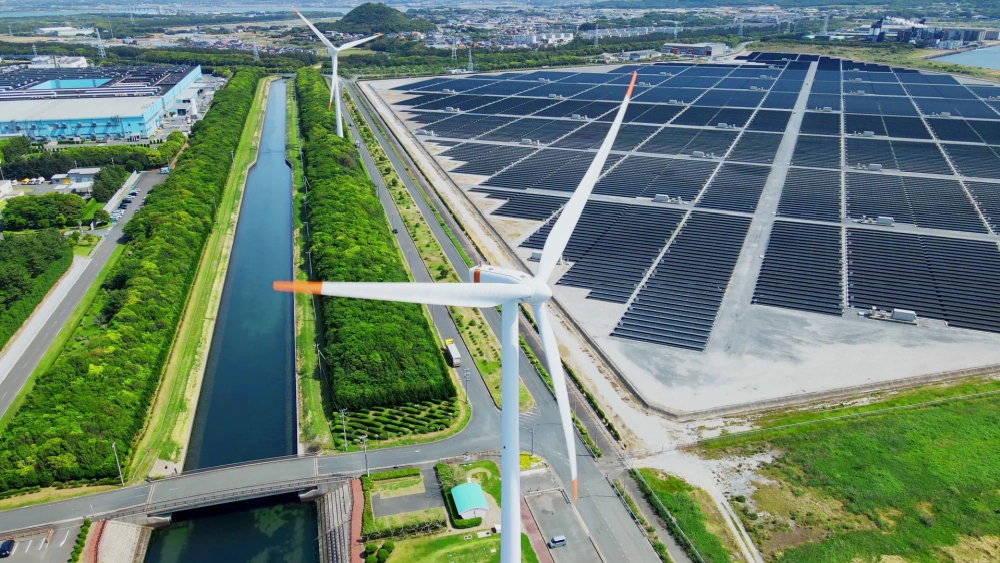
The clean power shift: The future of the UK energy sector post-general election

By Mark Greatholder, Aliki Zeri, Shauna McGinn, Mollie Gascoigne
5 Jul 2024 | 6 minute read
Following their recent success in the general election, the Labour Party has been handed the responsibility of tackling the continuing challenges faced by the UK clean energy sector. The global target to reach net zero emissions by 2050 under the Paris Agreement is fast approaching and there appears to be a strong commitment by the Labour Party to meet this challenge. Labour's manifesto includes a pledge to "Make Britain a clean energy super power" and this is reinforced by an ambitious target of achieving clean power in the UK by 2030.
Some corners have challenged whether this target is achievable in the current state of the energy sector and whether Labour’s roadmap for change is the best and most appropriate route to reach these goals. In particular, their manifesto is light on detail as to how this change will be achieved. We take a deeper look at the key pledges of Labour’s climate strategy and the potential impacts on the energy sector.
Clean power by 2030
One of the more ambitious promises made by Labour has been to decarbonise the grid by 2030, a deadline which is five years earlier than that promised by the previous government. To achieve fully ‘clean’ energy by 2030, the new government plans to:
- Double onshore wind capacity to 35GW.
- Triple the UK’s solar power to 50GW.
- Quadruple offshore wind with an ambition of 55GW.
In pursuit of the 2030 target, it is not unreasonable to expect that Labour will look at lifting the de-facto planning ban on onshore wind and stop new oil and gas licences from being issued. Despite Labour’s ambition, a number of issues currently pervading the energy sector are likely to significantly challenge how they can successfully reach those targets.
The National Grid estimates that government will need to build over five times more new pylons and transmissions lines by 2030 than have been built in last 30 years The delays in upgrading the grid are having a knock-on effect on the pipeline of renewable projects stuck in the queue and unable to reach connectivity. This is a key barrier that the government will have to address. The Government has pledged to “rewire Britain” and upgrade the national transmission infrastructure which, as noted, will be an ambitious but necessary feat.
Additionally, in the pursuit for a decarbonised UK energy sector, a key concern is that energy security may be at risk and additional measures may be necessary to secure consistent energy supply when lulls in wind and solar production fail to meet demand. While some feel that oil and gas offer such certainty of supply, with the phase out of fossil fuels, there is a need to adopt an innovative and dynamic approach to ensure a diverse energy mix which is reliably capable of meeting demand. Carbon capture and storage, and battery storage technologies will be key in the UK achieving not only a decarbonised grid but also net zero. Nevertheless, the government’s plans are light on details, meaning we are yet to see how these technologies will be utilised to provide clean flexibility.
Great British Energy
Great British Energy (GBE) was announced by the government during its election campaign as a publicly owned company which aims to co-invest in and scale new nuclear, floating offshore wind, tidal, and solar power projects. In the long term, the government hopes that GBE will cut energy bills, boost energy security, back British workers, and support local jobs and supply chains with its publicly owned profits. Labour plans to fund the £8.3 billion cost of GBE by closing loopholes on oil and gas windfall taxes. GBE will be headquartered in Scotland, where the oil and gas industry is largely concentrated. Plans to house the GBE hub in Scotland appear to be a direct response to backlash from the Conservative party criticising Labour for potentially "shutting down" the North Sea and risking 200,000 jobs in Scotland.
GBE has three initial priorities:
- Co-investing in new technologies like FLOW, tidal power and hydrogen.
- Scaling and accelerating mature technologies such as wind, solar, and nuclear.
- Developing organisational capability to reduce project and construction risk in energy megaprojects like nuclear.
Locally, GBE aims to focus on scaling up municipal and community energy, with goals to develop 8GW of small- and medium-scale community energy projects which return profits to local communities to cut high-energy bills.
As it currently stands, it is unclear how GBE will impact stakeholders in the energy market in the long term, but some are apprehensive that GBE may receive special treatment in state auctions. In terms of the nuclear market, GBE will absorb Great British Nuclear (GBN), a company established by Rishi Sunak’s government to revive Britain’s nuclear power fleet.
However, Labour's manifesto remained silent on how this will work in practice and whether nuclear development will receive the same priority under GBE. Finally, for stakeholders interested in the investment opportunities, the terms of such agreements are yet to be materialised but could include majority stake in favour of GBE in some cases.
Under a Labour government, we expect to see efforts to ‘decentralise’ energy project development. Under the Local Power Plan, the newly formed GBE will partner with local authorities, energy companies and co-operatives to install over a thousand new local clean energy projects. These will combine onshore wind, solar and hydropower projects. The aim is for profits generated by local renewable energy creation to be fed back into communities through discounted council tax bills and help with energy costs for those on low incomes. The government hope that this will incentivise grid and energy generation developments and get local communities engaged and supportive of development in their local areas.
However, the success will depend on a number of factors and variables. One such notable issue is grid connections, which may need to be expedited to ensure these local projects do not suffer the kind of delays we have seen in recent years with other renewable projects. Investor/developer confidence will also likely need addressing to incentivise such projects and quell possible anxieties related to a lack of revenue certainty. It will also take considerable long-term and sustained investment to train and upskill the workforce required to deliver such projects.
Another area of potential activity in local energy generation relates to the Warm Homes Plan. The government plan to offer grants and low interest loans to support investment in energy efficiency measures for homes. This includes, for example, measures to boost insulation and for installations of solar panels, batteries, and low carbon heating to cut bills. The Labour government will be working with combined authorities, local and devolved governments, to roll out this plan. Moreover, and in another nod to the Labour government’s interest in boosting the green credentials of homes, we will also be looking out for planned measures to ensure homes in the private rented sector meet minimum energy efficiency standards by 2030.
Onshore wind projects have all but flatlined in recent years due to planning restrictions. We anticipate the new government will update the National Planning Policy Framework (NPPF) to strengthen the presumption in favour of sustainable development and make it easier for onshore development to get underway.
The incoming government look set to strengthen the role of regulators in the energy sector. We expect regulators to be empowered to work on reducing standing charges for customers and hold energy companies “to account”. Energy companies can expect higher standards, harsher penalties for noncompliance and potential requirements to ensure adequate compensation is made available for customers.
The Labour government will also be looking to introduce a carbon border adjustment mechanism (CBAM) which applies a carbon price, known as the CBAM rate to imported goods. The rate will reflect the carbon emitted in the production of the goods plus any disparity between the carbon price from the country of origin and the UK carbon price. While CBAM could be significant in protecting British industries during decarbonisation, it is worth noting that the former Conservative government had also already planned to bring it into force by 2027 so this won’t be a surprise to many in the industry.
The Labour government have big plans for the UK to become a green finance hub during the course of the next government. Most notably, we expect the new government to press ahead with their plans to mandate FTSE 100 companies and UK-regulated financial institutions (including banks and pension funds) to develop and implement credible transition plans that align with the 1.5°C goal of the Paris Agreement.
The incoming government have said that through GBE they expect investment in power stations and Small Modular Reactors (SMRs) to increase, as well as enabling new nuclear projects at Hinkley Point C and Sizewell C to “get over the line” and extending the lifetime of existing plants.
While there is government support for nuclear energy, some in the industry are concerned that the focus on GBE, as opposed to GBN, may undermine any “nuclear renaissance” envisaged by the outgoing government. Similarly, as with Labour’s other clean energy plans, success in the nuclear space will be contingent upon the government getting a hold of the current issues surrounding grid connections and supply chain capacity.
Industry experts have long recognised that supply chain issues (which can be attributable in part to Brexit and the war in Ukraine) have been holding up renewable energy development and the incoming government seem enthusiastic to address these problems.
Clean energy developers who offer good jobs, terms and conditions and build their manufacturing supply chains in energy communities will be offered incentives, with funding from the government worth up to £500 million per year from 2026.
Existing subsidies like the Contracts for Difference scheme are also expected to be conditional on good wages and working conditions, and union recognition. With the government anticipating that these measures will show that net zero can offer up to 65,000 like-for-like clean energy jobs, this could bolster supply chains. However, this will also depend on the provision for support available to all those operating in the sector and in particular, support for new entrants to navigate the various hurdles.
In a further effort to boost supply chains, the incoming government will be looking to introduce the National Wealth Fund that will invest in the jobs that can rebuild Britain’s industrial strength, and attract private investment in ports, gigafactories, hydrogen, and the steel industry. Labour identifies a need to upgrade the national grid infrastructure but does not specifically say that the Fund will provide the capital for this. Labour also plans to build a Clean Power Alliance with like-minded countries to “seize the opportunities of clean energy, tackle climate change and provide lasting benefits to the country and the generations to come”.
With the aim to reindustrialise the UK, the government will see this fund as integral to achieving its green ambitions with 650,000 “good” jobs created in the next five years. The Northwest and the Southeast are expected to see the most jobs created (77,000) followed by Yorkshire and the Humber (71,000) and as mentioned above, there will be specific investment to accelerate carbon capture.
Our comment
With any incoming government that has not seen power in over a decade, there is a sense that big change is on the horizon. But as we discussed in our pre-election article, the extent to which the new government’s plans will revolutionise the sector compared to the outgoing government remains to be seen. There is cautious optimism that the new government will bring a renewed sense of ambition to the clean energy space, but this ambition will need to be met with long-term investment (fiscal and otherwise) to ensure a clean, secure and diverse energy landscape beyond 2030.
The Labour party's pre-election manifesto was undoubtedly big on ambition but light on detail and if its proposed "Net Zero 2030" ambitions are to be realised we will need to see:
- Accelerated renewables build-out – to reach 118GW by 2030.
- Significant grid updates and build-out to match.
- Active measures to remove unabated gas and removal of Combined Heat and Power plants.
Whilst there is a clear emphasis on further government support through the GBE, there is, as always, an important role that the private sector can play in assisting the government to realise its ambitions.
The Grid Connection Reform is currently underway and is intended to shake up the manner in which projects (not just energy projects) get connected to the grid (at both transmission and distribution level), but the outcome of such reform will not be known for another few months (January 2025 at the earliest). This, coupled with the Review of the Electricity Market Arrangements (REMA), which is also ongoing, will create some uncertainty for both developers and investors in the short to medium-term. Strong and consistent messaging from the new government as regards the UK's commitment to the energy sector could go some way to counteract this.
The private sector could also support the government realising its plans to upskill the workforce. One of the key barriers in delivering energy projects is the skills gap that exists, particularly in nascent industries such as hydrogen. Project developers are able to partner with educational institutions to offer bespoke courses intended to develop any necessary skills and could offer interested parties a route to market following qualification.
Developing a 'home-grown' supply chain would also be key in delivering the scale of Labour's ambition. The vast majority of equipment used for the development of clean energy projects, such as solar panels, inverters and wind-turbine blades, is imported from outside the UK. There are of course UK companies that are trying to compete in the same space, but further support is required to create appropriate opportunities.
The government has undoubtedly got a difficult job ahead of it, not least because it will, inevitably have to make trade-offs along the way. It will have to work within a finite budget, find appropriate Parliamentary time to pass new legislation, and hope that its plans are not disrupted by other external influences and unprecedent events such as the ones we have seen in the past few years. At a time when the cost of living is at an all time high, Labour will have to make some tough decisions about how its net zero ambitions are progressed alongside other pressures faced by the public.
Our Clean Energy team monitors matters closely and is always happy to discuss matters in further detail, so please get in touch.





















